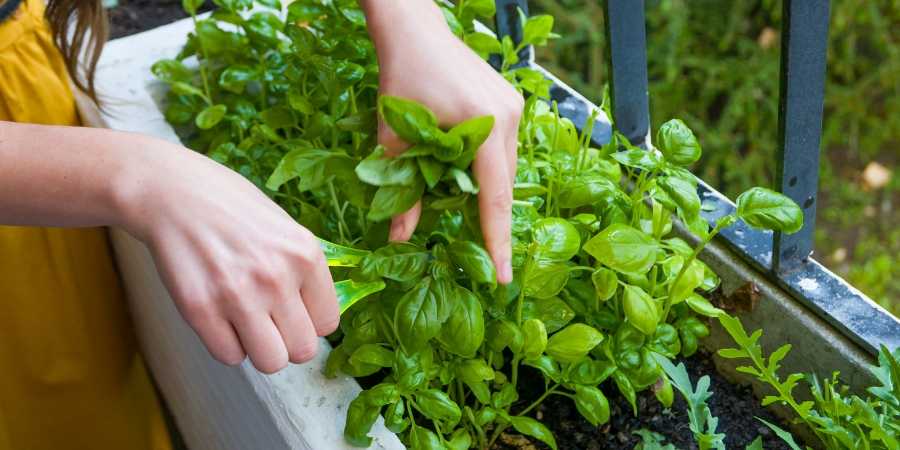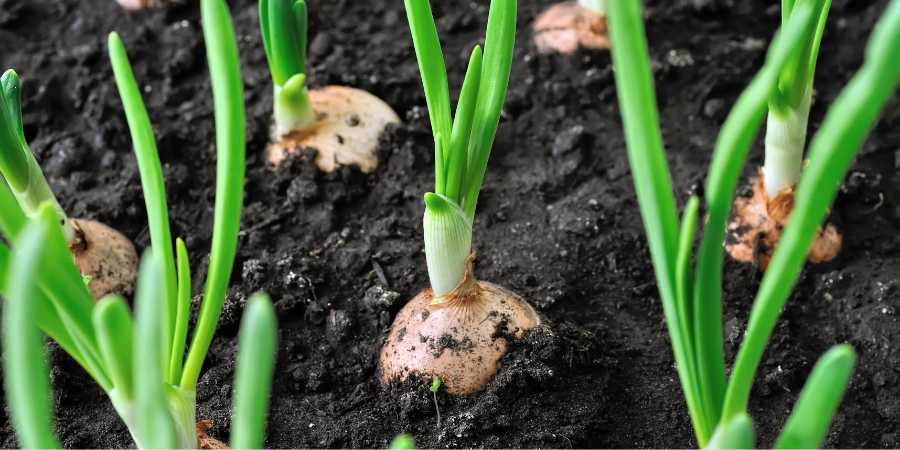Growing Your Own Food
- horticulturist and gardening expertMarch 2, 2019
Provide Flavor, Fun and Benefits Way Beyond The Garden
Whether it is the cost of groceries these days, the economy or just the desire to grow your own, beginning and seasoned gardeners are adding fruits, vegetables and herbs to their landscape. The many benefits of edible gardening, including the enhanced flavor, increased nutrient density of the food, and the sustainability factor provide a compelling argument to “get growing!” There’s always room to grow. Whether you garden on a balcony or in a large backyard – there is always room for vegetables. You can be successful and have fun with edibles by doing the following:
- Include a few containers filled with herbs and vegetables to your balcony and patio garden. Not only can these edibles, mixed with flowers look good – they bring the garden right to the backdoor.
- Keeping fresh ingredients near the space where you cook and entertain can make it convenient for you and fun for your guests. Just think what fun your guests will have picking a few fresh vegetables to place on the grill or garnish their burger. Or, how about plucking a few sprigs of mint for their ice tea or mojito.
- Those with a bit more room may want to add a few edibles to their mixed borders. Bright Light Swiss Chard’s colorful stems can add color and interest to the garden. The bold and colorful leaves of red cabbage create a nice focal point in a container or garden. And tomatoes, eggplants and peppers can easily be mixed with annual and perennial flowers.
- Use vegetables and herbs to help fill in the voids in new or renovated gardens. By properly spacing your trees, shrubs and perennials, you can save money on your landscape. But proper spacing of these young plants can leave lots of empty space in the garden. Fill in those voids with a few ornamental edibles.

- Find the right place for your edibles to flourish. Shade tolerant edibles like lettuce, spinach and other leafy vegetables only need about 4 hours of sun; radishes, carrots and other root crops need about 4 to 6 hours. Try a few seeds and test the limits of your landscape.
- Increase productivity and decrease your workload by using a slow-release nitrogen fertilizer, like Milorganite, in your garden or containers. Incorporating slow-release fertilizer in your soil provides season-long benefits with just one application. Give plants needing a nutrient boost a mid-summer fertilization with a non-burning slow-release fertilizer.
- Take a look at your favorite recipes and start planning ways to include some of the ingredients into your landscape. Try a salsa garden filled with tomatoes, a few hot peppers, onions and of course cilantro. Maybe it’s a pizza garden. Roma tomatoes, garlic, basil and oregano for the sauce. Include a few peppers, onions, and slicing tomatoes for topping. Young gardeners may like to plant these ingredients in the shape of a whole pizza pie or a slice. And though we can’t grow cheese in the garden, a ring of marigolds will add color.

- Space-challenged gardeners can grow tomatoes in containers. A 3 to 5-gallon pot is perfect for a single tomato plant skirted by a few flowers or herbs. Or, try mixing a few tomatoes in with your shrubs and flowers. No matter where they end up, planting is about the same. Carefully slide the plant out of the container. Gently loosen the roots of pot-bound transplants to encourage the roots to grow into the surrounding soil. Remove any flowers or small fruit. Plant tall leggy plants deeper to encourage a larger root system to develop along the buried stem. Dig a trench, remove the lower leaves and set the plant in the trench, carefully bending the stem upright. Cover with soil and water. Set stakes and towers in place at the time of planting. Training tomatoes off the ground keeps the fruit off the soil, reducing insect and disease problems. That means more fruit for you to enjoy.
- Top off a bed of homegrown greens with edible flowers such as nasturtium, fuchsia and pot marigold. Freeze a few pansy flowers in ice and add to a glass of sparkling water. Flavor up your Bloody Mary with a sprig of lovage. This easy-to-grow herb has hollow stems and a celery flavor. Place one or two plants in a sunny corner of a garden or one in a large pot for a vertical accent in moist well-drained soil. This perennial herb can reach 6 feet in height, grow one foot wide and is hardy to zone 4. Harvest sections of the stems, leaves and all, as needed. Use as a straw in your bloody Mary for a little homegrown celery flavoring.

